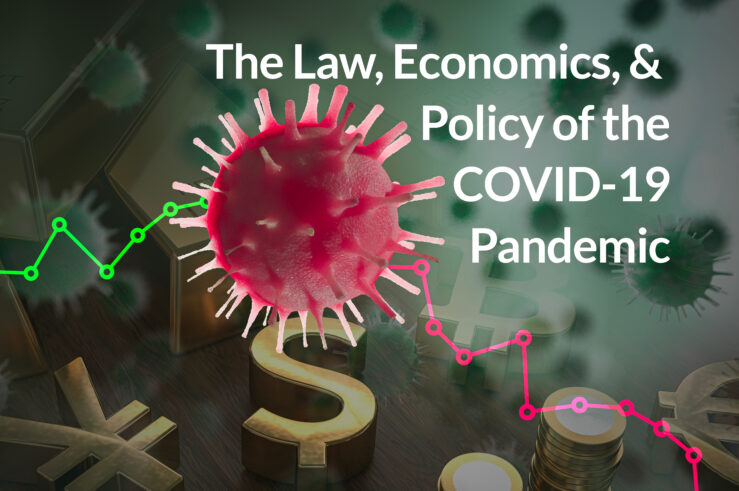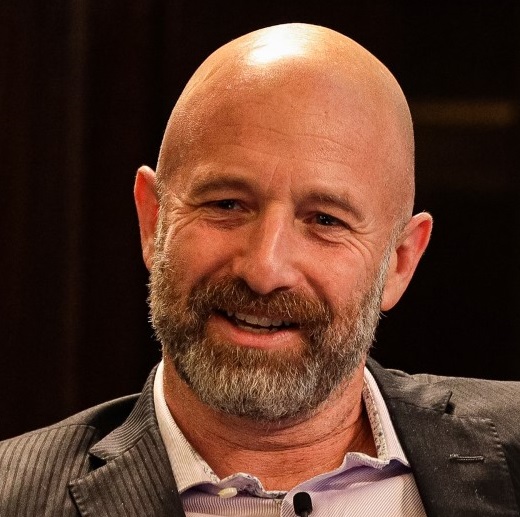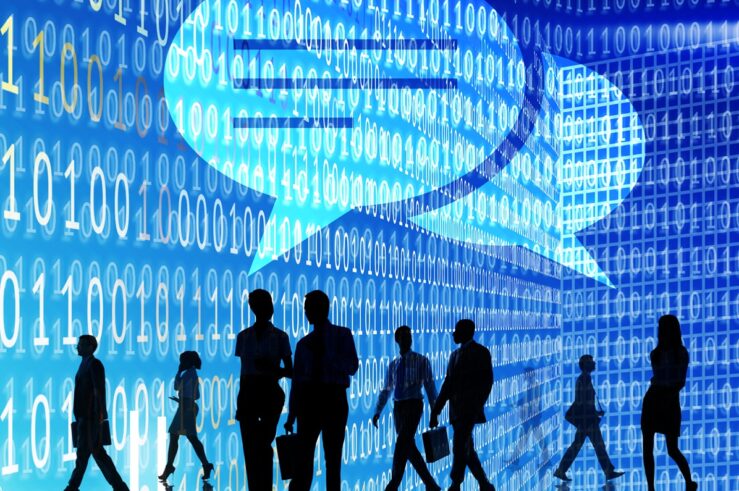
This article is a part of the The Law, Economics, and Policy of the COVID-19 Pandemic symposium.
In these harrowing times, it is a natural to fixate on the problem of testing—and how the United States got so far behind South Korea on this front—as a means to arrest the spread of Coronavirus. Under this remedy, once testing becomes ubiquitous, the government could track and isolate everyone who has been in recent contact with someone who has been diagnosed with Covid-19.
A good start, but there are several pitfalls from “contact tracing” or what I call “standalone testing.” First, it creates an outsized role for government and raises privacy concerns relating to how data on our movements and in-person contacts are shared. Second, unless the test results were instantaneously available and continuously updated, data from the tests would not be actionable. A subject could be clear of the virus on Tuesday, get tested on Wednesday, and be exposed to the virus on Friday.
Third, and one easily recognizable to economists, is that standalone testing does not provide any means by which healthy subjects of the test can credibly signal to their peers that they are now safe to be around. Given the skewed nature of economy towards services—from restaurants to gyms and yoga studios to coffee bars—it is vital that we interact physically. To return to work or to enter a restaurant or any other high-density environment, both the healthy subject must convey to her peers that she is healthy, and other co-workers or patrons in a high-density environment must signal their health to the subject. Without this mutual trust, healthy workers will be reluctant to return to the workplace or to integrate back into society. It is not enough for complete strangers to say “I’m safe.” How do I know you are safe?
As law professor Thom Lambert tweeted, this information problem is related to the famous lemons problem identified by Nobel laureate George Akerlof: We “can’t tell ‘quality’ so we assume everyone’s a lemon and act accordingly. We once had that problem with rides from strangers, but entrepreneurship and technology solved the problem.”

Akerlof recognized that markets were prone to failure in the face of “asymmetric information,” or when a seller knows a material fact that the buyer does not. He showed a market for used cars could degenerate into a market exclusively for lemons, because buyers rationally are not willing to pay the full value of a good car and the discount they would impose on all sellers would drive good cars away.
To solve this related problem, we need a way to verify our good health. Borrowing Lambert’s analogy, most Americans (barring hitchhikers) would never jump in a random car without knowledge that the driver worked for a reputable ride-hailing service or licensed taxi. When an Uber driver pulls up to the curb, the rider can feel confident that the driver has been verified (and vice versa) by a third party—in this case, Uber—and if there’s any doubt of the driver’s credentials, the driver typically speaks the passenger’s name when the door is still ajar. Uber also mitigated the lemons problem by allowing passengers and drivers to engage in reciprocal rating.
Similarly, when a passenger shows up at the airport, he presents a ticket, typically in electronic form on his phone, to a TSA officer. The phone is scanned by security, and verification of ticket and TSA PreCheck status is confirmed via rapid communication with the airline. The same verification is repeated at stadium venues across America, thanks in part to technology developed by StubHub.
A similar verification technology could be deployed to solve the trust problem relating to Coronavirus. It is meant to complement standalone testing. Here’s how it might work:
Each household would have a designated testing center in their community and potentially a test kit in their own homes. Testing would done routinely and free of charge, so as to ensure that test results are up to date. (Given the positive externalities associated with mass testing and verification, the optimal price is not positive.) Just as an airline sends confirmation of a ticket purchase, the company responsible for administering the test would report the results within an hour to the subject and it would store for 24 hours in the vendor’s app. In contrast to the invasive role of government in contact tracing, the only role for government here would be to approve of qualified vendors of the testing equipment.
Armed with third-party verification of her health status on her phone, the subject could present these results to a gatekeeper at any facility. Suppose the subject typically takes the metro to work, and stops at her gym before going home. Under this regime, she would present her phone to three gatekeepers (metro, work, gym) to obtain access. Of course, subjects who test positive for Coronavirus would not gain access to these secure sites until the virus left their system and they subsequently test negative. Seems harsh for them, but imposing this restriction isn’t really a degradation in mobility relative to the status quo, under which access is denied to everyone.
When I floated this idea on Twitter a few days ago, it was generally well received, but even supporters spotted potential shortcomings. For example, users could have a fraudulent app on their phones, or otherwise fake a negative result. Yet government sanctioning of a select groups of test vendors should prevent this type of fraud. Private gatekeepers such as restaurants presumably would not have to operate under any mandate; they have a clear incentive not only to restrict access to verified patrons, but also to advertise that they have strict rules on admission. By the same token, if they did, for some reason, allowed people to enter without verification, they could do so. But patrons’ concern for their own health likely would undermine such a permissive policy.
Other skeptics raised privacy concerns. But if a user voluntarily conveys her health status to a gatekeeper, so long as the information stops there, it’s hard to conceive a privacy violation. Another potential violation would be an equipment vendor’s sharing information of a user’s health status with third parties. Of course, the government could impose restrictions on a vendor’s data sharing as a condition of granting a license to test and verify. But given the circumstances, such sharing could support contact tracing, or allow supplies to be mobilized to certain areas where there are outbreaks.
Still others noted that some Americans lack phones. For these Americans, I’d suggest paper verification would suffice, or even better yet, subsidized phones.
No solution is flawless. And it’s incredible that we even have to think this way. But who could have imagined, even a few weeks ago, that we would be pinned in our basements, afraid to interact with the world in close quarters? Desperate times call for creative and economically sound measures.




